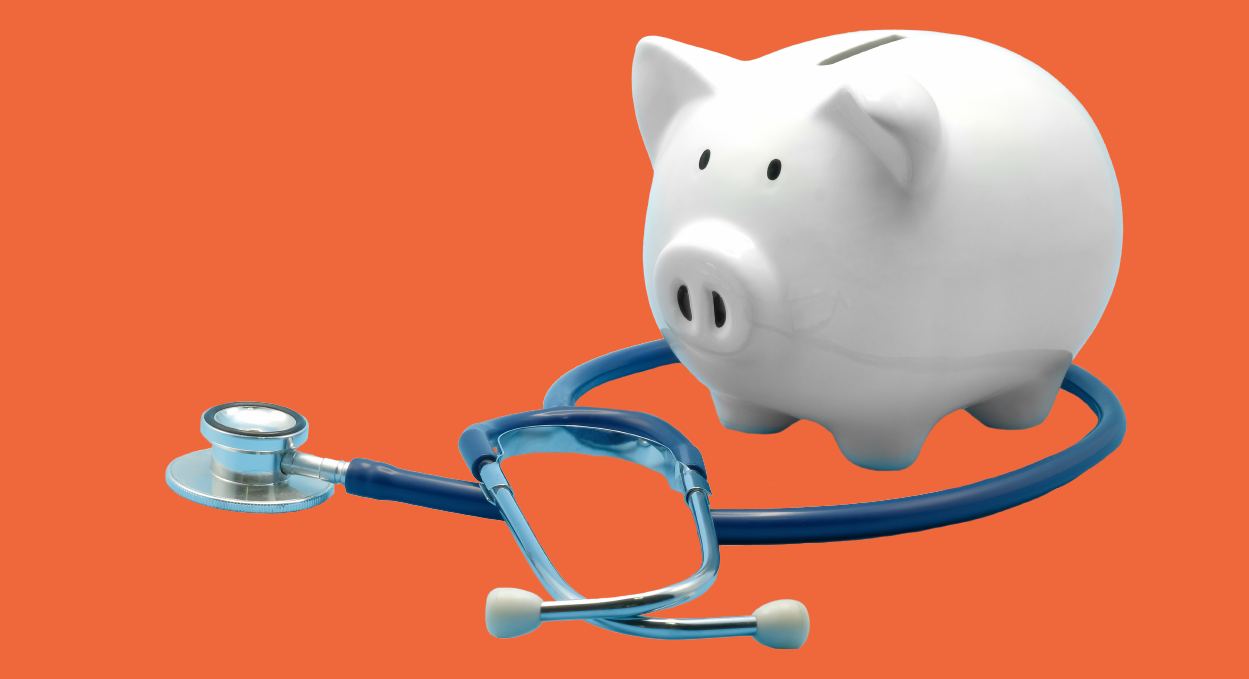Healthcare revenue cycle management is a vital component of your business. Without predictable income, you are unable to pay your providers and continue to deliver exceptional care to patients. Automation offers cash flow improvements for healthcare providers that can deliver greater outcomes for staff, patients, and communities.
The use of accounts receivables software for healthcare facilities is an emerging trend. Medical billing technology has not always been the fastest to evolve, but the next era of payment processing offers unprecedented solutions that can improve office productivity and enhance cash flow.
Revenue cycle automaton for Healthcare — What is it?
You need HIPAA-compliant billing software to modernize your business. The unique regulations and needs of the healthcare industry merit specialized technology to handle elements such as insurance claims, denial management, electronic health record (EHR) billing, and more. Typical accounts receivables automation is not up to the challenge for healthcare facilities, whether they be doctor’s offices or county hospitals. Instead, you need healthcare payment automation tools specifically designed to meet the needs of your business and protect your patients.
The unique challenges of accounts receivables in Healthcare
Healthcare providers may offer services upfront, but the majority of patients rely on insurance for billing. This means that the providers are responsible for contacting insurance companies, filing claims, and managing collections on their own, along with any copayments or coinsurance fees patients pay when they receive treatment.
The revenue cycle management (RCM) process manages the flow of financial transactions from patient intake to collections. It can be difficult enough for a small practice, but when managing hundreds if not thousands of accounts, then the need for robust medical billing software is undeniable.
While many healthcare facilities operate with some type of payment technology, many have not embraced automation. This means that they are still relying on manual data input for a large number of processes, which ultimately slows down workflows and can impact patient care.
The best way to overcome the hurdles of coding regulations, billing requirements, and the prevalence of insurance claim denials is to integrate a software that was built to address all of these needs by default.
At the same time, healthcare facilities need to adopt practices that allow them to reduce errors, improve efficiency, and maximize patient outcomes through effective billing practices.
Best practices for Healthcare accounts receivables management
While adopting the right tools is paramount to success, you also need a strong foundation guiding your processes. This includes:
1 – Streamline your medical billings and claims workflows
Ensure that there is a systematic approach everyone follows when it comes to filing claims and billing insurers and patients. When everyone is on the same page, it is much easier to manage large volumes of data, avoid errors, and stay on top of collections.
Design a payment protocol that your entire financial team is trained on. This will help them work more efficiently together while delivering better outcomes for your business.
2 – Enforce coding and documentation practices
Just like billing should be a shared, streamlined process, you want to have clear guidance on how people are expected to bill, code, and document financial information. Accurate medical coding is vital to successful claims submission, and improving your internal practices can lower denial rates.
Make sure that you provide training to both new and existing staff on coding guidelines and regulations. Annual training sessions that offer a refresher and updates can have year-round impacts on performance and reimbursements.
3 – Use medical billing technology
Embrace the use of accounts receivables automation for healthcare businesses. This will dramatically lower your errors, streamline the claims process, and help you better understand your operational needs. Integrating electronic health records (EHR) management systems with revenue cycle management features can help streamline your operations. There is also the ability to incorporate patient self-service portals, which allow them to view billing information and make payments on their own.
4 – Improve communication
Transparency is key when it comes to delivering good healthcare, and that includes having clear billing practices and pricing models for your patients. They should understand what insurance providers your business accepts, how much they need to pay for services, and any fees they may have prior to care.
Additionally, ensure every patient is provided a clear explanation of their charges, financing options, and online payment options when they’re at the practice. This can help enhance their comfort and satisfaction while improving engagement and payment rates.
Regulatory & billing challenges
Healthcare providers have unique regulations to meet when billing their clients. United States providers must meet the Health Insurance Portability and Accountability Act (HIPAA) and Centers for Medicare & Medicaid Services (CMS) guidelines, as well as follow strict medical coding regulations, to maximize their reimbursements.
Violating compliance regulations can result in hefty penalties and increased insurance denials. This can not only harm your business financially but harm patients’ trust in your practice.
A proactive approach is necessary to avoid medical billing errors and regulatory violations. Claims denial management is a combination of comprehensive practices and forecasting; understand your business’s current challenges, upskill your team, and integrate the right technology to prevent costly errors from occuring.
Furthermore, your business should integrate quality assurance measures to ensure proper billing practices. QA in healthcare is critical for patient safety and security, but it also affects profitability. By mitigating risks and lowering your margin of error, you can improve your entire practice and optimize your accounts receivables process, too.
Leveraging technologies for Healthcare receivables optimization
EHR systems with integrated medical billing tools can revolutionize how a healthcare facility collects payments and optimizes its cash flows. Revenue cycle management software tailored to the unique needs of healthcare providers offers a variety of features to improve productivity, such as payment tracking and financial analyses.
Meanwhile, patient engagement platforms encourage patient-provider collaboration. These platforms offer easier access to not only the physicians but the billing department as well. Patients can request payment plans or clarification, pay bills, and review transactions anytime.
These tools help foster a more comprehensive healthcare process while ensuring steady revenue streams for continued operations. The integration of patient engagement platforms foster trust and transparency, allowing businesses to improve their reputation, increase patient engagement, and improve their collections rates.
Improve your business today
The evolving technological landscape of medical billing software is leaning more toward automation and AI-powered solutions. Using the right accounts receivable software can help you improve your business, provide better care, and enhance financial stability.
Providers that adopt the right tools today can ensure they’re well-equipped to deliver exceptional service for years to come. If you would like to learn more about accounts receivable automation tools, check out Chaser. You can call us to book a demo or sign up for a free 10-day trial.




%20-%20Accounts%20receivables%20management_%205%20tips%20to%20improve%20your%20AR.webp?width=400&height=225&name=Blog%201%20(Sep)%20-%20Accounts%20receivables%20management_%205%20tips%20to%20improve%20your%20AR.webp)